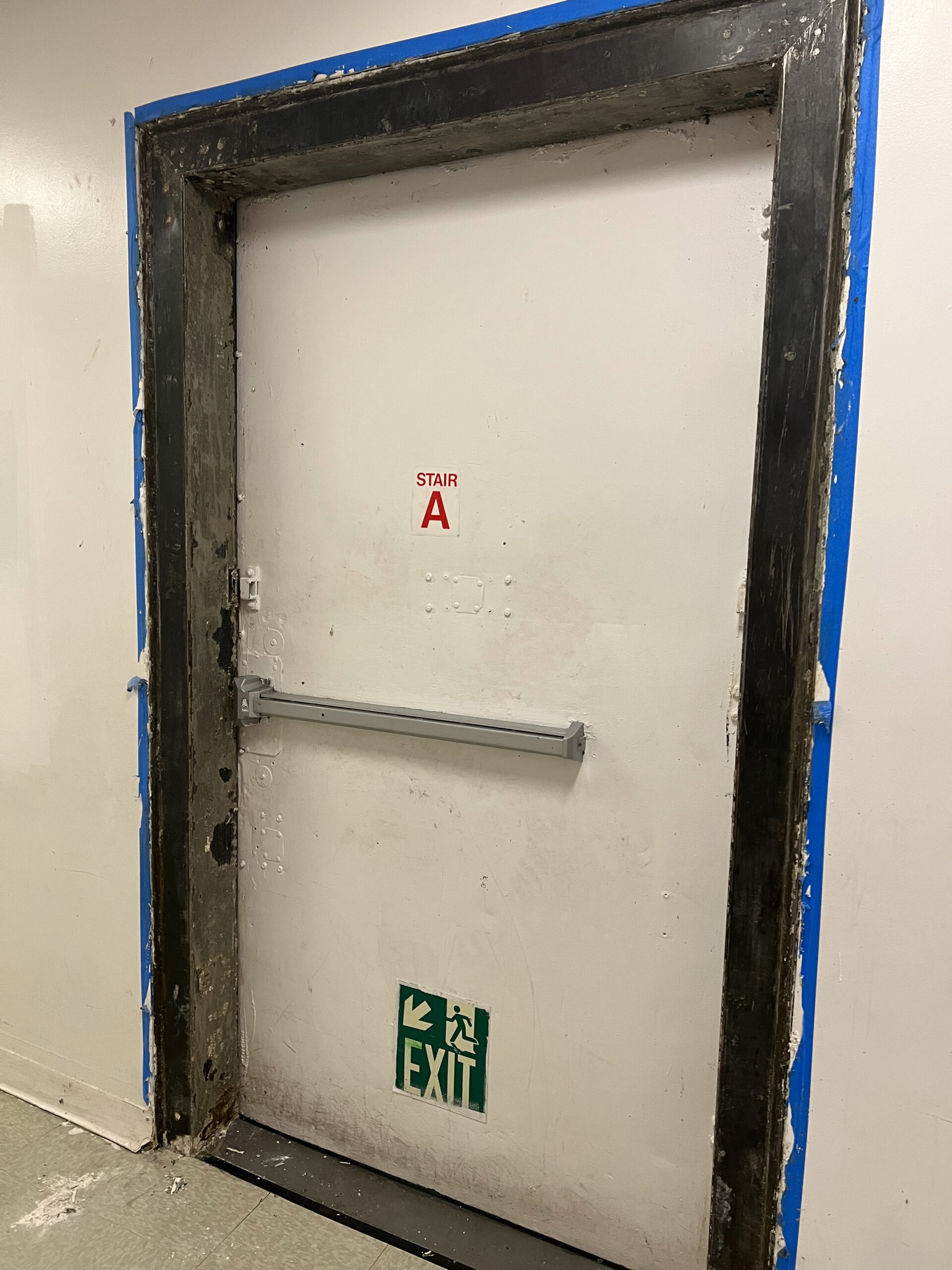Finest Practices for Guaranteeing Safe and Detailed Lead Violation Abatement
Resolving lead violation abatement needs a multi-faceted approach to ensure both safety and compliance. Initial evaluations making use of innovative detection techniques such as XRF analyzers established the phase for a precise understanding of contamination levels. Integrating appropriate containment strategies, including impermeable obstacles and HEPA filtering, combined with using individual protective tools (PPE) for workers, creates the foundation of a safe and secure procedure. Thorough clean-up procedures, featuring HEPA vacuuming and wet-wiping, are essential. Yet, it's the final clearance process, involving detailed assessments and laboratory testing, that truly validates a lead-free atmosphere, ensuring long-lasting security. How do these techniques adjoin to ensure detailed lead reduction?

Preliminary Assessment
Carrying out a preliminary assessment is an essential primary step in lead violation reduction. This phase includes a detailed analysis of the residential property to identify the existence, level, and specific places of lead-based hazards. Qualified experts, such as qualified lead inspectors or take the chance of assessors, should perform a comprehensive site examination, making use of devices like X-ray fluorescence (XRF) analyzers to properly detect and determine lead focus in paint, dirt, dirt, and water.
The assessment should likewise include an evaluation of the structure's history, previous reports, and any kind of problems or wellness concerns reported by occupants - Lead Removal Contractors. Recording the findings carefully is important, as these records develop the basis for creating an effective abatement approach. A thorough analysis additionally entails tasting and research laboratory analysis, which are critical to confirm the visibility of lead and overview subsequent actions
Moreover, it is vital to interact the outcomes transparently to all stakeholders, consisting of homeowner, renters, and regulatory authorities. By making certain that the first analysis is conducted with accuracy and rigor, experts can lay a solid foundation for a targeted and effective lead reduction procedure, eventually guarding public wellness and guaranteeing compliance with regulatory criteria.
Proper Containment
Correct control is essential to protect against the spread of lead impurities throughout reduction activities. Properly taking care of containment reduces the threat of lead dust and particles moving to non-work locations, therefore guarding both the atmosphere and individuals outside the instant job area.

Regular inspections of the containment location are essential to examine for violations or weak points in the obstacle. Any identified problems should be quickly addressed to preserve the integrity of the control. By sticking to these practices, reduction projects can efficiently manage lead contamination and alleviate associated wellness threats.
Worker Defense
Guaranteeing employee security is extremely important throughout lead reduction jobs to avoid work-related direct exposure to harmful lead fragments. Crucial measures include using individual safety devices (PPE) such as respirators, gloves, and full-body matches particularly created to obstruct lead dirt and fumes. Employees need to go through thorough training on the appropriate usage and upkeep of PPE, consisting of healthy testing for respirators to ensure maximum efficacy.
Engineering controls, such as regional exhaust ventilation systems, are essential in decreasing airborne lead concentrations in the workplace. Management controls must additionally be applied, including restricting the period of direct exposure and revolving employees to minimize individual exposure times. Normal clinical surveillance and biological tracking are navigate to this website essential for early detection of lead absorption, allowing timely treatment and therapy.
Additionally, developing a decontamination procedure is vital. Workers must adhere to strict decontamination treatments prior to breaks and at the end of their shift to avoid lead dirt from being lugged outside the work area. This includes extensive hand and face washing with lead-specific cleaning agents and changing out of polluted garments.
Meticulous Cleanup
Preserving a secure work atmosphere prolongs past worker defense and incorporates meticulous cleanup to make sure lead bits are extensively removed from the site. The procedure of thorough cleanup is critical in preventing the recontamination of the eased off location and securing both existing and future occupants.
To attain a comprehensive clean-up, all workspace must be methodically decontaminated. This involves making use of specialized HEPA (High-Efficiency Particulate Air) hoover and wet-wiping strategies to catch and remove great lead dust that may have cleared up on surface areas. It is necessary to clean up all straight surface areas, including floors, home window sills, and counter tops, in addition to vertical surfaces that may have trapped lead particles.
Employees have to use proper individual protective devices (PPE) during cleaning to stay clear of direct exposure to residual lead dust. Utilized cleansing materials such as wipes, sponges, and mop heads need to be taken care of based on hazardous waste disposal policies.

Final Clearance
Last clearance is the essential ending stage of lead reduction that figures out whether the website is safe for reoccupation. This crucial action includes detailed examination and screening to confirm that all lead risks have actually been effectively gotten rid of. The procedure begins with an aesthetic assessment by a licensed lead-based paint examiner or danger assessor to make sure no noticeable dirt or debris continues to be. This is complied with by accumulating dust clean samples from numerous surface areas, consisting of floors, windowsills, and various other straight surfaces. Lead Removal Contractors.

Final clearance testing not only secures future passengers yet additionally makes certain compliance with regional, state, and government guidelines. In addition, it serves as a documented validation of the abatement service provider's adherence to market finest methods. Guaranteeing an extensive and effective final clearance is crucial in safeguarding public wellness and promoting rely on the abatement process.
Final Thought
Guaranteeing secure and complete lead address infraction abatement requires a multifaceted method including first analyses with advanced detection approaches, efficient control approaches, strict worker defense procedures, and thorough cleanup procedures. The last clearance stage, including thorough examinations and research laboratory testing, is crucial to confirm compliance with EPA criteria. Adherence to these ideal techniques ensures a secure setting for owners, mitigates health dangers, and supports regulatory demands, consequently advertising public health and safety and security in lead-affected locations.